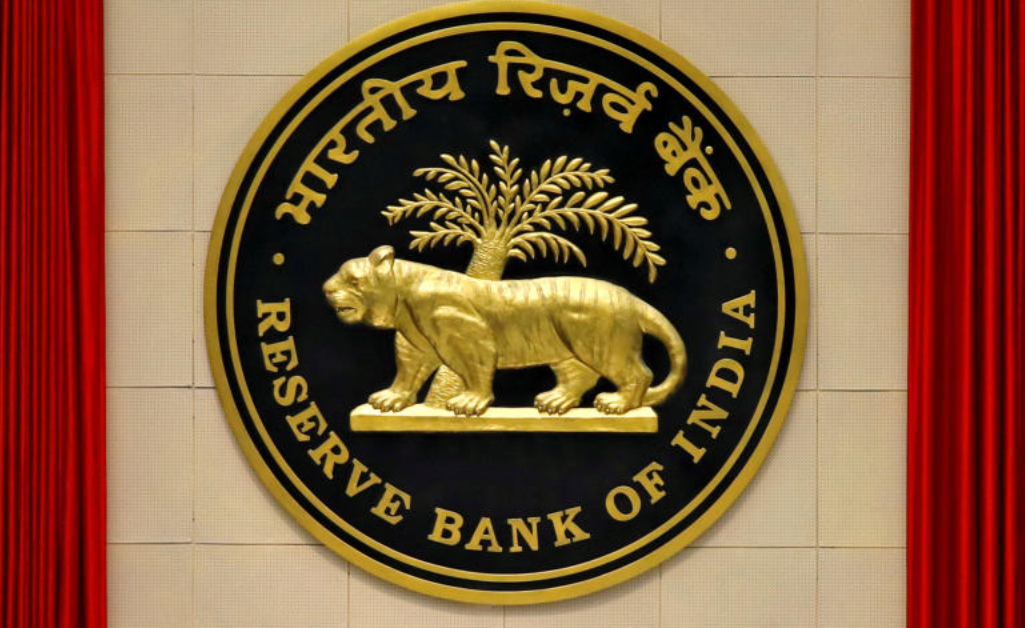
The Reserve Bank of India increased its key lending rate by 35 basis points to 6.25 percent, citing slower inflation after three consecutive 50-bps (basis point) increases to manage price pressures that have remained persistently above the upper end of its target band.
The monetary policy committee (MPC), comprised of three RBI members and three outside members, increased the key lending rate, also known as the repo rate, by 0.35 percent to 6.25 percent with a five-to-six majority.
The standing deposit facility rate and the marginal standing facility rate were both raised by the same amount, to 6.00% and 6.50%, respectively.
After consumer-price-based inflation fell to a three-month low of 6.77 percent in October from a year ago, the RBI cited slowing price pressures as the reason for the smaller rate hike.
This is consistent with market expectations for a slowing in rate hikes, given that the Fed had front-loaded its tightening policy, with inflation expected to peak in September and favorable base effects guiding the price rise trajectory to below 6% by early next year.
“The RBI’s decision to raise the repo rate by 35 basis points to 6.25 percent was expected. The decision was made to keep inflation under control, which remains above 4%. It is the fifth increase this year, demonstrating how persistent inflationary trends have been. However, inflation, while still high, is expected to moderate, and interest rates are near their peak “Adhil Shetty, CEO of Bankbazaar.com, stated
However, RBI Governor Shaktikanta Das stated that inflation remains high and that the fight against inflation must continue as long as risks exist. The majority view of the MPC is that an accommodating stance should be abandoned.
“In the aftermath of the Russia-Ukraine war, global inflation remains high and widespread. Retail inflation is expected to remain at 6.7% in FY23, and we will keep Arjuna’s eye on evolving inflation dynamics “stated the Governor
This statement comes as expectations for price pressures to have peaked and concerns about economic growth have resurfaced.
Following a 40-basis-point increase in May and 50-basis-point increases in June, August, and September, this is the fifth consecutive hike, raising the repo rate to its highest level since April 2019.
The RBI has raised the benchmark rate by a total of 2.25 percentage points since May to combat domestic retail inflation, which has consistently exceeded the central bank’s upper end of its tolerance band of 2-6 percentage points in each month this year.
While Wednesday’s rate hike is only a minor one, it will add to the already-stressed monthly household budgets that are already dealing with higher borrowing costs and rising prices for almost everything.
As in recent months, Indian banks are certain to pass on the latest RBI rate hike to customers immediately, increasing loan costs and resulting in higher equated monthly installments (EMIs).
“This year, all consumer loans have become more expensive. Borrowers are under pressure from rising interest rates and EMIs. Deposit rates, which have not kept pace with repo rate increases, are now rising as well. As of December 2, 38 banks were offering FD (fixed deposit) rates of 7% or higher on select tenors. Prepaying your home loan as funds become available can work wonders in reducing the length of your ballooning loan “Mr. Shetty, CEO of Bankbazaar.com, added.
The recent spate of relatively large rate hikes has raised concerns that the fight against inflation may jeopardize economic growth, prompting several top institutions to lower their India GDP growth forecasts for this year and next, likely forcing the central bank to pause hikes at some point.
The RBI reduced its current fiscal year growth forecast to 6.8 percent from 7.0 percent in September.
However, Mr. Das stated that the Indian economy remains resilient and is viewed as a bright spot in a bleak world.
“Despite a slight decrease in GDP growth to 6.8 percent, India will remain the fastest-growing major economy. We cannot remain completely disconnected in an interconnected world. The greatest risk continues to be headwinds from global geopolitical tensions “added the Governor of the RBI.






